PathExplore
Unprecedented resolution of the tumor microenvironment (TME) from H&E, powered by AI.

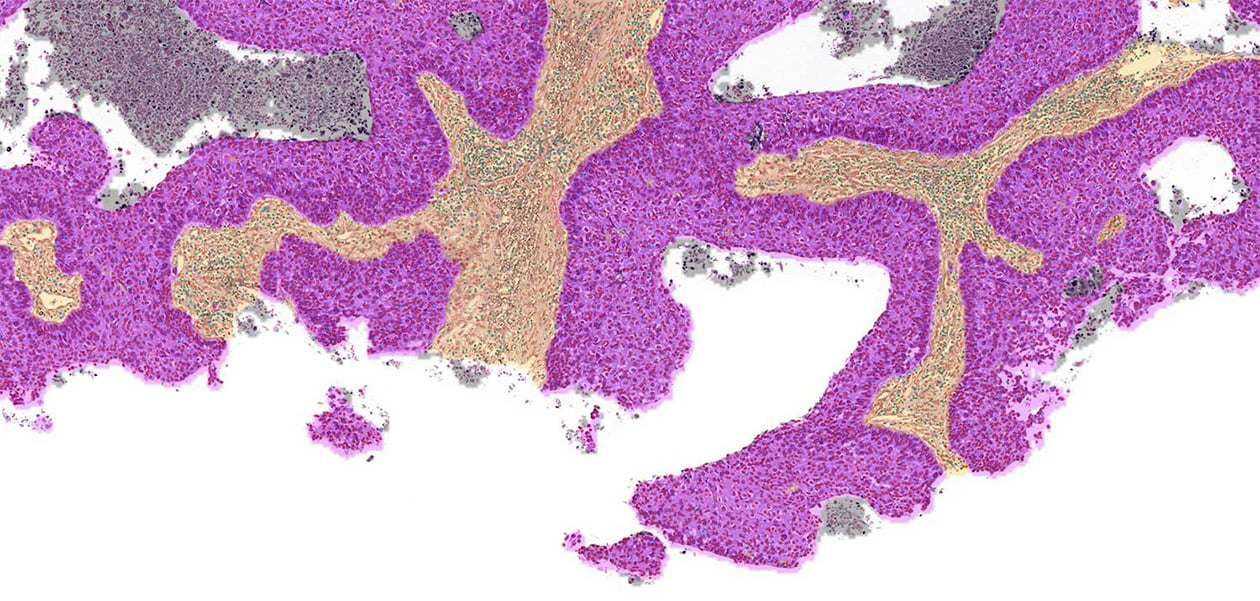
PathExplore is an AI-powered panel of histopathology features that spatially characterize the tumor microenvironment (TME) with single-cell resolution
Pixel-Level Analysis of Gigapixel Images
PathExplore’s underlying AI models segment, detect, and classify millions of cells across tissue regions of the entire hematoxylin and eosin (H&E) whole slide image (WSI).
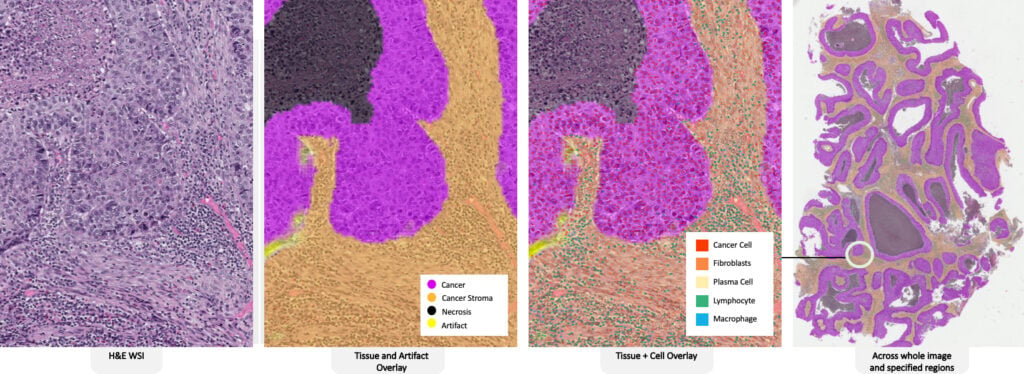
HIFs – Structured, Standardized, and Scalable Analysis of the TME
Human interpretable features (HIFs) are standardized metrics that characterize the cell and tissue composition of each WSI. PathExplore delivers >600 unique HIFs per sample, including counts of cells and their spatial distribution across tissue regions, to enable streamlined and structured analysis of the TME.
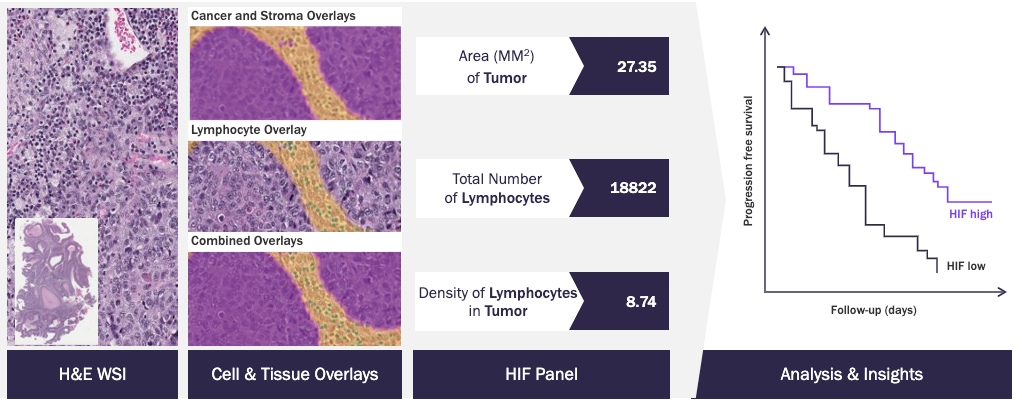
Example Human Interpretable Features:
- Area of Tumor Tissue
- Total Number of Lymphocytes
- Density of Lymphocytes in Stroma (Stromal TILs)
- Ratio of Lymphocytes to Fibroblasts Near the Epithelial-Stromal Interface
Introducing PathExplore
Robustly Trained, Trusted by Partners
pathologist annotations
whole slide images
WSIs analyzed to date
scientific presentations and publications

Accelerate precision oncology research by combining the accessibility of existing H&Es with the unprecedented resolution of AI

PathExplore delivers hundreds of standardized human interpretable features (HIFs) to quantitatively characterize the TME
HIFs provide structured, histopathological data to enable explorations of tumor biology at multiple scales by seamlessly linking to complementary molecular data

Dig deeper into the TME with expanded AI models including collagen and fibrosis characterization, immune phenotyping, and tertiary lymphoid structure (TLS) identification
Available across 14 cancer indications for scalable analysis across multiple development programs
PathExplore includes indication-specific features tailored to each disease's unique tumor histology, as well as indication-agnostic features that enable streamlined, pan-tumor analyses.
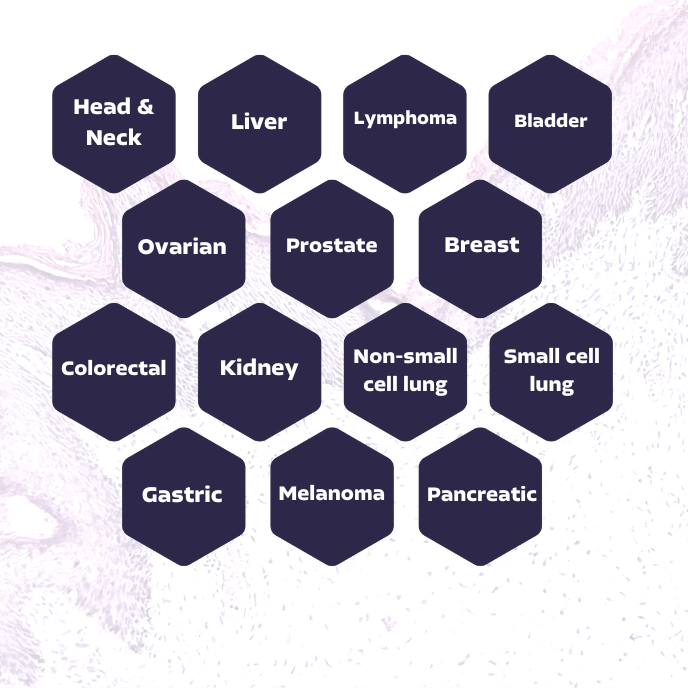
Proven Research and Applications
Apply
Scale research and insights across disease areas and drug programs
Identify
Identify novel histological biomarkers and drivers of therapeutic response.
Improve
Improve quantification of established biomarkers and disease signatures.
Case Study 1
Exploring Histological Features of Molecular Biomarkers
PathExplore HIFs demonstrate biologically-relevant correlations with molecular measurements of lymphocyte abundance and immune infiltration across multiple tumor types.
Tumor-infiltrating lymphocytes (TIL) play a prominent role in cancer prognosis and treatment decision-making. In a poster presented at SITC, researchers demonstrated a correlation between lymphocyte-associated Human Interpretable Features (HIFs) and established lymphocyte markers from molecular measurement (e.g. CD8A) as well as complex immune signatures (e.g., lymphocyte infiltration)
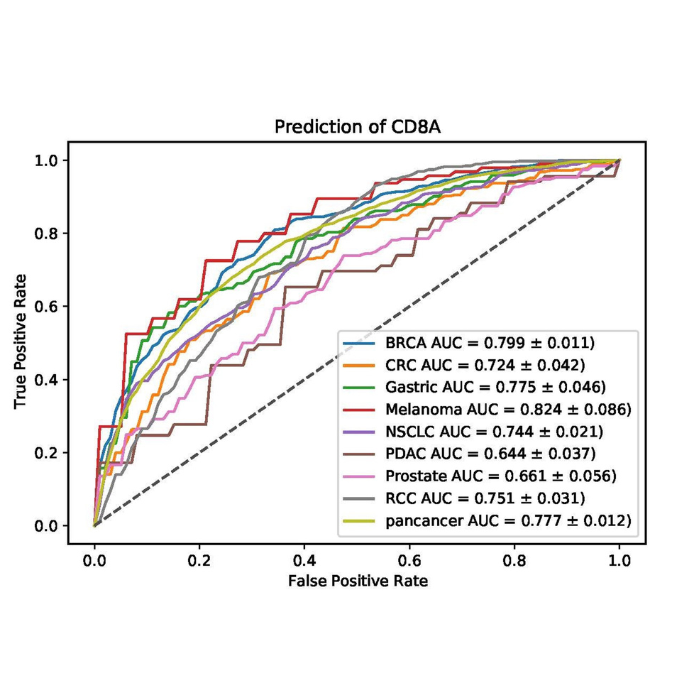
Case Study 2
Discovering Novel Biomarkers
PathExplore analysis of the tumor microenvironment revealed a relationship between cell nuclear morphology and patient outcomes in high-grade serous ovarian cancer.
Manual pathology techniques can fall short in understanding the underlying disease biology of aggressive cancers. In a poster presented at ESMO, researchers uncovered a link between cancer cell nuclear size variability and overall survival, showcasing the potential of HIFs derived from H&E whole slide images as powerful predictors of patient response.
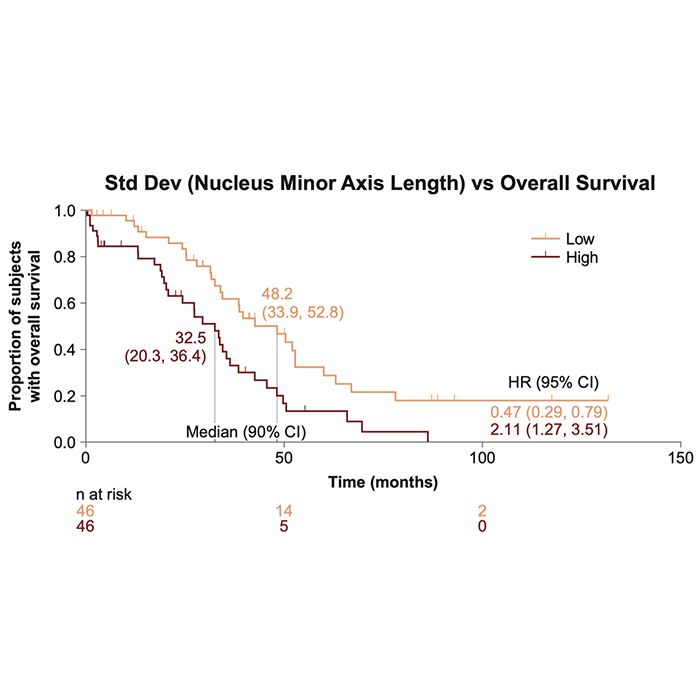
A Bold Rapid, Scalable Deployment of PathExplore

PathExplore Data Access
Program
PathAI offers academic researchers access to PathExplore's HIFs associated with publicly available H&E WSI from The Cancer Genome Atlas (TCGA). This program allows researchers to access PathExplore HIFs via our digital pathology platform AISight to use alongside existing clinical and molecular data from TCGA.
This data is free to academic researchers, and available via license for non-academic partners. To learn more and apply to the PathExplore data access program , please contact pathexplore.hifs@pathai.com . Non-academic researchers may additionally reach out to bd@pathai.com
.jpg?width=600&height=600&name=iStock-1263308819-1400px%20(1).jpg)
Resources
Download the PathExplore™ ebook
Read eight real-world applications from a growing number of research teams using AI-powered pathology solutions, including PathExplore™, in the context of the below use cases:
- Discovering novel biomarkers
- Exploring histological features of molecular biomarkers
- Re-envisioning approaches to biomarker testing
- Targeting appropriate patient populations
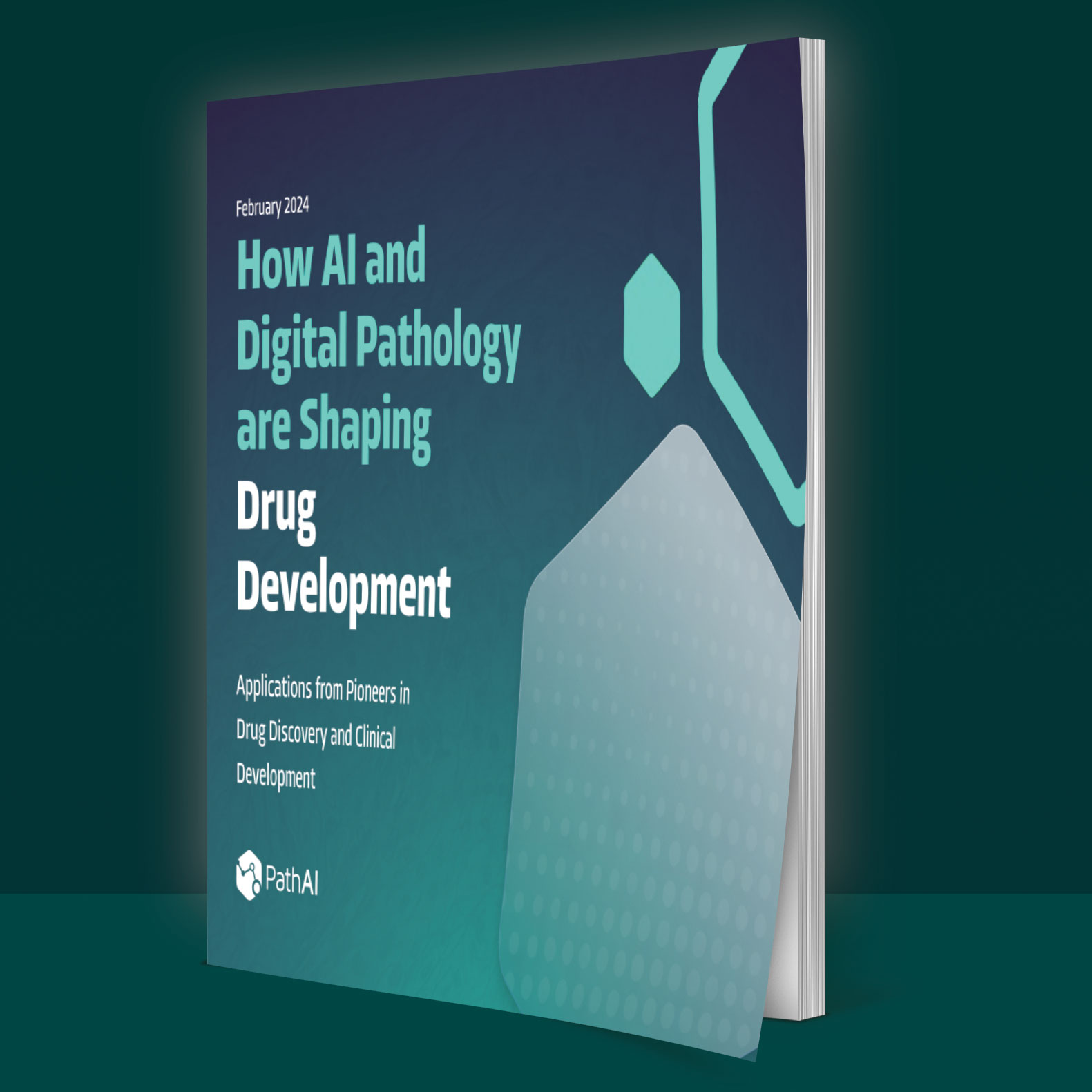
Leveraging Real-World Data for Real-World Impact
Integrate quantitative and structured pathology data with clinico-genomic real-world data sets to:
- Discover novel histopathology biomarkers
- Enhance clinical development and trial design
- Assess real-world prevalence and treatment effectiveness

.jpg)
¹ For Research Use Only. Not for use in diagnostic procedures.
